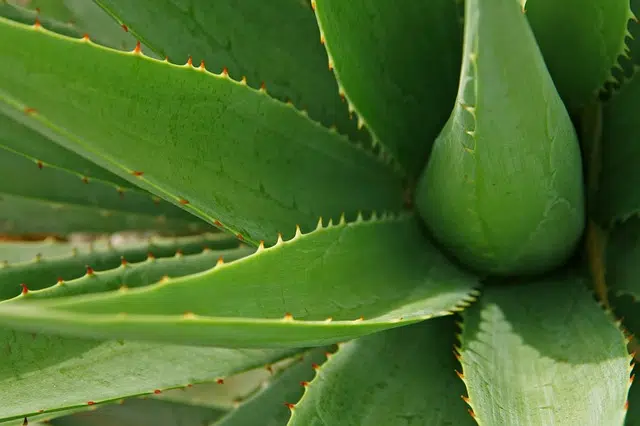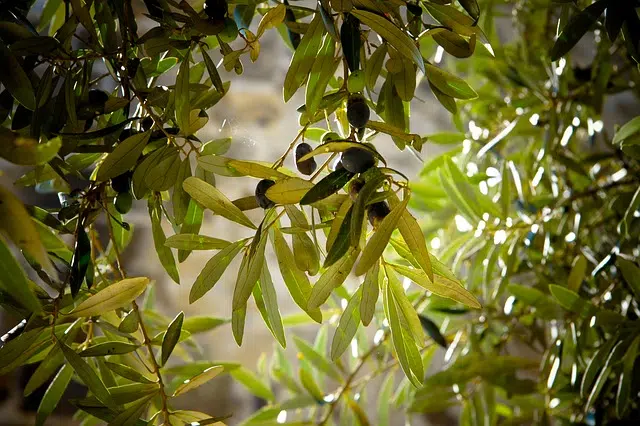
Aloe vera is a common example of a xeric plant.
The adjective xerophile is used to describe the plant that is adapted to living in a dry environment . A xeric plant, therefore, is able to survive receiving a very limited amount of water.
Regarding the term, we must add that in its family we can also find the adjective xeric , which acts as a synonym, and the noun xerophyte . In this way, we can simply talk about xerophytes or xerophilous/xeric plants .
Characteristics of xerophiles
Xerophilous plants have characteristics suitable for life with water scarcity . That is why its trunk tends to be wide to favor the storage of liquid, something that can be seen in the Ceiba speciosa , also known as the drunkard tree , the bottle tree or the rosewood tree .
Regarding its roots , we can say that they are long to reach the water table and improve the use of rain. In some xeric plants, such as yuccas (a genus of succulent plants that should not be confused with yucca ) and cacti, they can be seen on the surface, like a large network, and they go deep into the ground until they find the right amount of moisture. that they need.
Another peculiarity of xeric plants is that their metabolism is conditioned to carry out photosynthesis , saving water; A clear example of this is the acid metabolism of Crassulaceae . It also allows them to have good resistance to drought.
Their leaves have stomata , epidermis cells with a pore in the middle that serves to diffuse oxygen and carbon dioxide for use by the cells inside in respiration and photosynthesis. Other possibilities are that they are reduced to mere thorns or that the plant directly lacks leaves; In the latter case, photosynthesis is carried out by the stem. Trees like Gleditsia triacanthos drop their leaves in the midst of extensive droughts.
Its habitat
Xerophilous plants are found in arid, semi-arid and subhumid climates . These organisms can usually be seen in desert regions or in the steppe .
It is possible to find xeric vegetation in the Atacama Desert , for example. Yaretas (or llaretas), cachiyuyos and carob trees are some of the species present in this area of Chile .
The Mojave Desert in the United States ; the Gobi Desert in Mongolia and China ; and the Patagonian region in Argentina are other parts of the world where xeric plants grow.
Some examples
Among the best-known xerophilous species, we can mention those that are part of the Aloe genus . These are succulent plants with a large water storage capacity, a feature that gives them the chance to last an extended period in the context of a drought. Aloe vera is one of these xeric species.

The olive tree, source of the popular olive, is a xeric tree
Another notable spice is the carob , a tree that can reach 10 meters and its leaves are evergreen. This xeric plant stands out mainly for its fruit, the so-called carob , a pod that turns dark brown when mature, although at first it is green. The carob pulp is sweet and many animals eat it naturally. Humans must be careful not to bite the seeds, as they are too hard for their teeth.
We can also mention the olive tree , known in everyday speech as aceituno . It is an evergreen tree, whose height can reach 15 meters and its trunk appears relatively deviated from the central axis. Its fruit needs no introduction, especially in countries like Spain, where the olive is an undisputed source of economic income. Just as aloe vera is used to care for the skin and heal wounds, having an olive tree in the garden ensures homemade olives every year.
